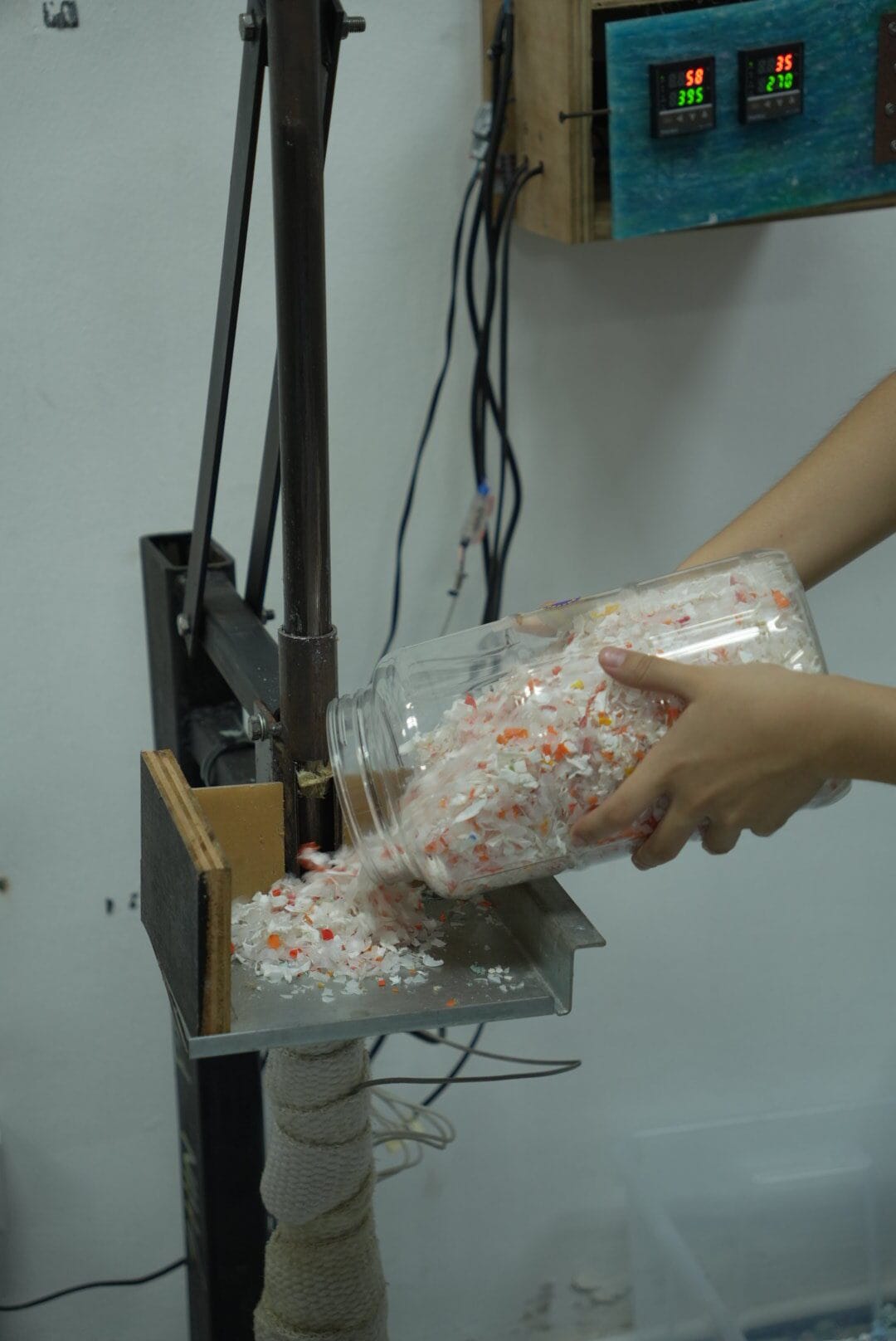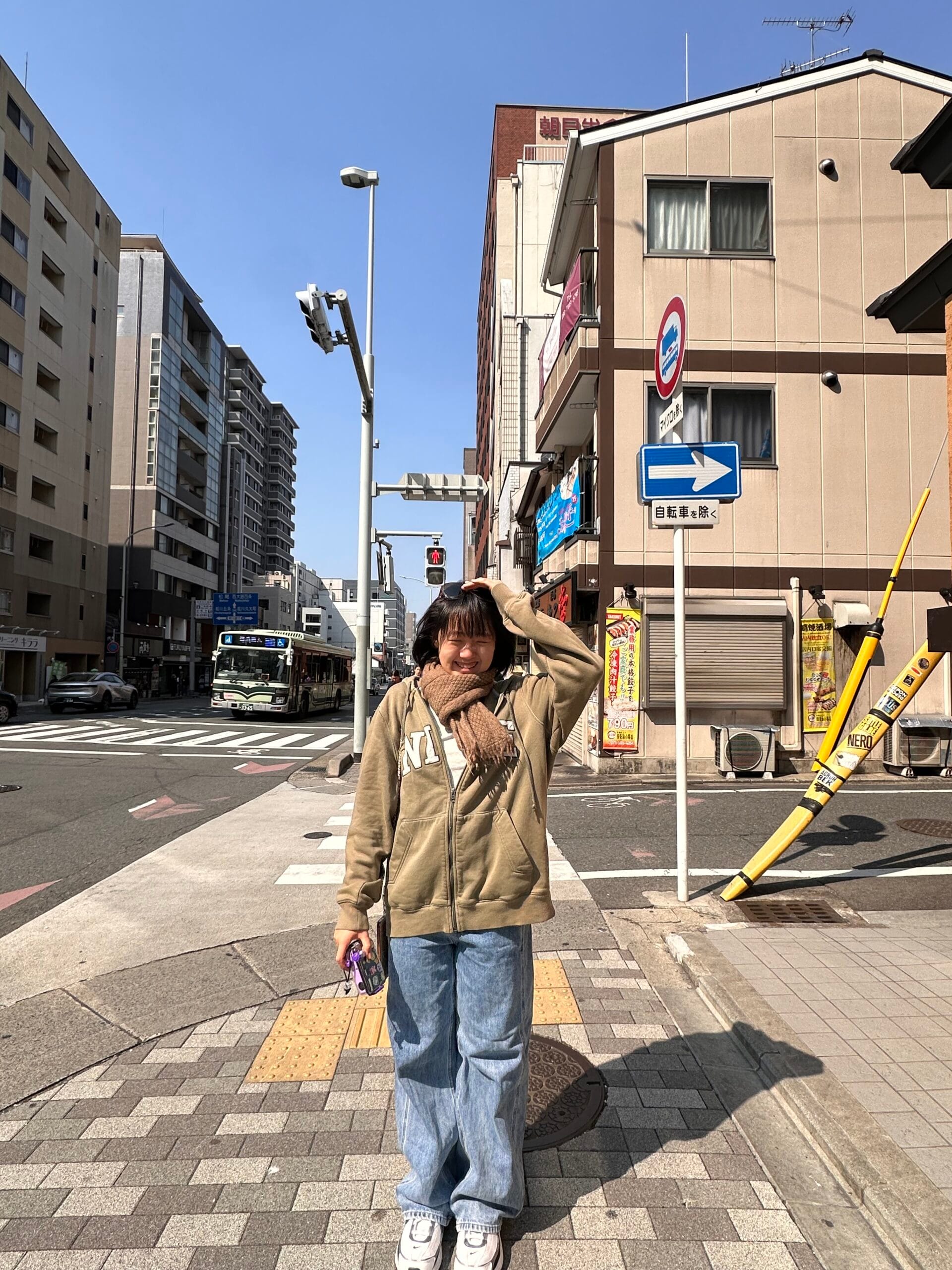Sustainability businesses like Plastify often struggle to survive. Their products are far from cheap, and are pricier than mass-produced alternatives because of the labour-intensive process behind each piece.
“We’re working with plastic waste by washing, sorting, shredding, and injecting using machines we built ourselves. That comes with a premium,” Lee elaborated.
Rather than targeting the average consumer, Plastify’s business is largely Business-to-business (B2B). They thrive on partnerships with corporations and institutions. Companies often engage Plastify for CSR-driven workshops, especially during calendar events like Earth Day or Plastic-Free July. These corporations have the demand and budgets for these activities and that is how many sustainability companies survive.
Another major driver of Plastify’s growth is customization.
“It’s huge,” Lee repeated 3 times, eyes lighting up. “People really cherish customized things. It’s been a game-changer for us. I wasn’t sure at first, but now it’s what so many clients want, their own logos, their own molds, that sense of ownership.” said Lee.
It first started with a simple coaster. Lee’s business partner suggested customizing it, mirroring trends in creative sectors. Lee explained that this strategy creates a sense of belonging and clients want to build that affinity between them and their customers.
To date, Plastify has collaborated and produced exclusive merchandise for well-known companies in Singapore including the United Overseas Bank Limited (UOB), National Environmental Agency (NEA), Mandai Wildlife Group, and Takashimaya.
Strategic use of sustainability grants has been key to scaling up. Plastify won the ASEAN Blue Innovation Challenge, securing a grant of around USD 40,000 to fund machines for furniture production. In a separate event, the company was also awarded Best Sustainable Initiative With An Impact.
In the long term, financial sustainability hinges on staying nimble, maximizing community support, and riding the growing wave of ESG (Environmental, Social, and Governance) spending.




